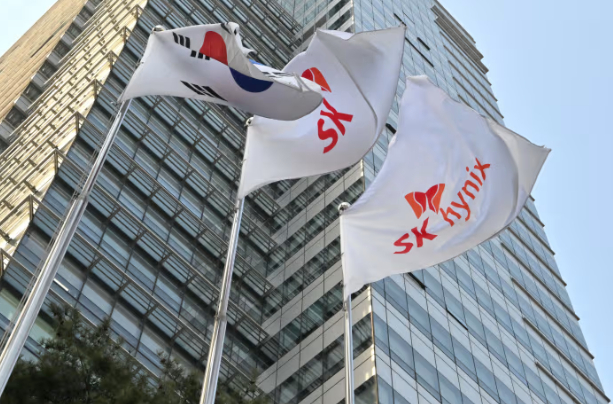
On April 15, the South Korean government announced that it would expand the scale of its semiconductor industry support plan to 33 trillion won (about $23 billion), an increase of about 25% from last year's commitment of 26 trillion won, in response to the uncertainty of US tariff policies and the rise of Chinese competitors. This move not only demonstrates South Korea's determination to consolidate its position as a global chip manufacturing power, but also reflects the profound changes in the global semiconductor industry chain under technological competition and geopolitical games.
The core goal of South Korea's additional budget this time is to hedge against external risks. In the face of US President Trump's move to restart the semiconductor tariff assessment and threaten to impose additional tariffs, South Korea has reduced the cost pressure of local companies by increasing fiscal subsidies, tax incentives and financial support. Specific measures include increasing the proportion of subsidies for advanced industrial park infrastructure from 30% to 50%, and providing chip companies with 20 trillion won in low-interest loans, a significant increase from the previous 17 trillion won. In addition, in response to the strict conditions imposed by the US "Chips Act" on Korean companies to set up factories in the United States, South Korea aims to balance the layout of the Chinese and US markets by strengthening local investment incentives.
The aid plan covers the entire chip industry chain, taking into account both short-term relief and long-term competitiveness cultivation. At the infrastructure level, South Korea will focus on subsidizing the construction of underground transmission lines in semiconductor clusters to break the energy bottleneck of capacity expansion; in the field of technology research and development, by setting up special funds to support the training of masters and doctoral students and international joint research projects, the gap in high-end talents will be made up; in terms of tax policy, the Korean version of the "Chips Act" (K-Chips) will increase tax exemptions for large enterprises from 8% to 15%, and for small and medium-sized enterprises from 16% to 25%, encouraging leading companies such as Samsung Electronics and SK Hynix to increase local investment.
As the world's second largest exporter of memory chips, South Korea's semiconductor exports in 2024 will reach US$141.9 billion, accounting for 21% of its total exports, but it faces the dual pressure of China's technological catch-up and dependence on the US market. This aid plan clearly includes cutting-edge fields such as hydrogen energy, electric vehicles, and autonomous driving in the scope of strategic investment, intending to avoid single market risks through diversified technology layout. At the same time, the South Korean government is actively negotiating tariffs with the United States, and promoting technical cooperation with the European Union and Japan to build a multilateral supply chain system.
South Korea's huge aid plan is expected to stabilize chip industry investment confidence in the short term and help companies such as Samsung and SK Hynix maintain their technological leadership. However, the long-term effect still depends on multiple variables: First, the direction of Sino-US trade frictions will directly affect South Korea's chip export costs; second, huge subsidies may increase fiscal pressure, and it is necessary to balance investment allocation with other industries; third, the local talent training cycle is long, and whether it can quickly fill the gap in high-end engineers remains in doubt. In addition, South Korea's shortcomings in chip design and foundry still need to be broken through through technology introduction or mergers and acquisitions.
At a time when the global semiconductor industry landscape is accelerating its reconstruction, South Korea's $23 billion aid plan has launched a policy "combination punch", which is not only an active defense against external uncertainties, but also a strategic declaration to advance to the high end of the global industrial chain value. In the future, whether South Korea can find a balance between technological autonomy and market expansion will be the key to whether it can maintain its position as a semiconductor power.

The global electric vehicle market in 2025 is experiencing intense turbulence. Tesla, once a disruptor that reshaped the industry landscape, is now mired in an unprecedented sales crisis.
The global electric vehicle market in 2025 is experiencing …
Recently, Chinese telecom companies Huawei and ZTE signed a…
Recently, according to Xinhua News Agency, Israel's air str…
A strongly worded report from the Equality Trust argues tha…
On November 27, 2025, Alibaba officially entered the global…
The focus of the global financial market in 2025 has always…